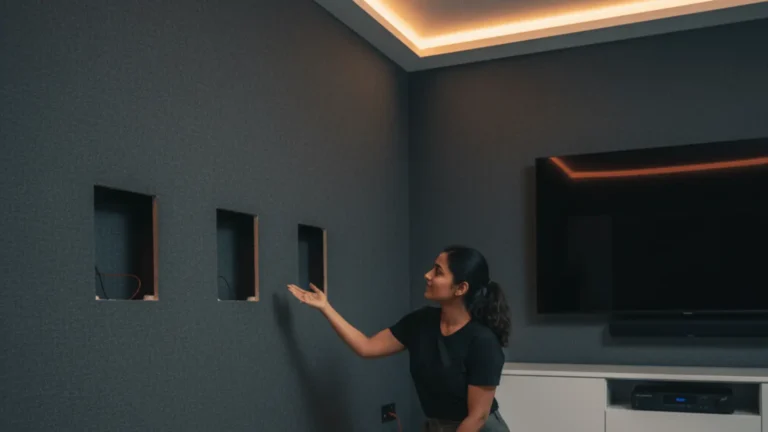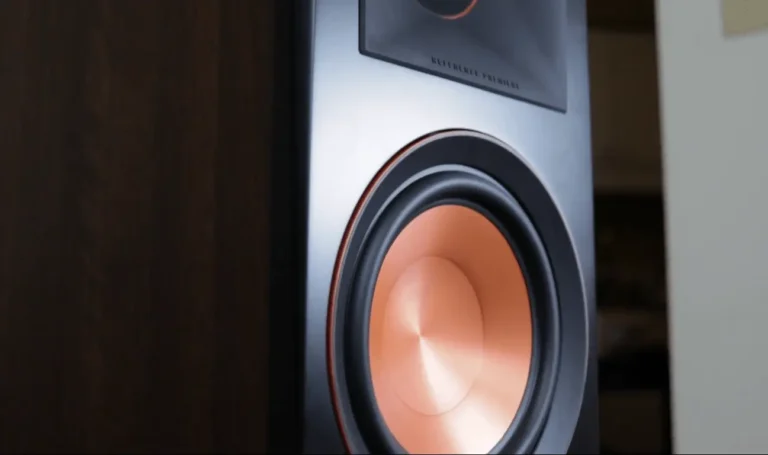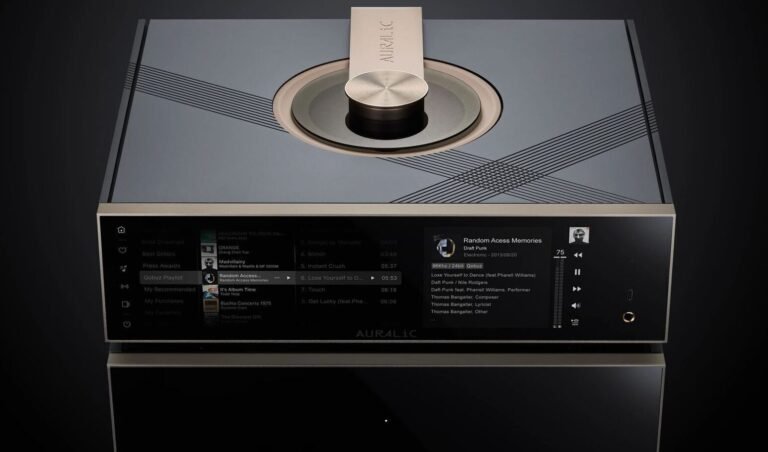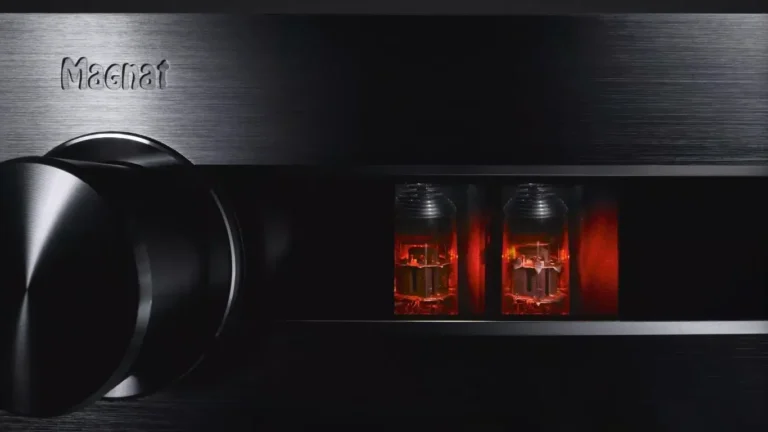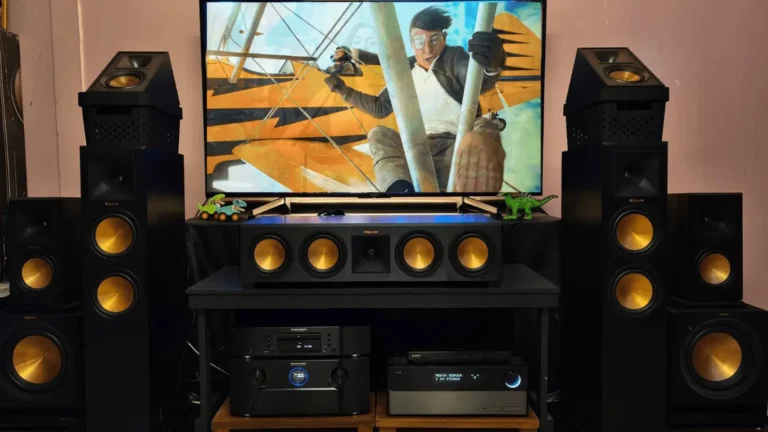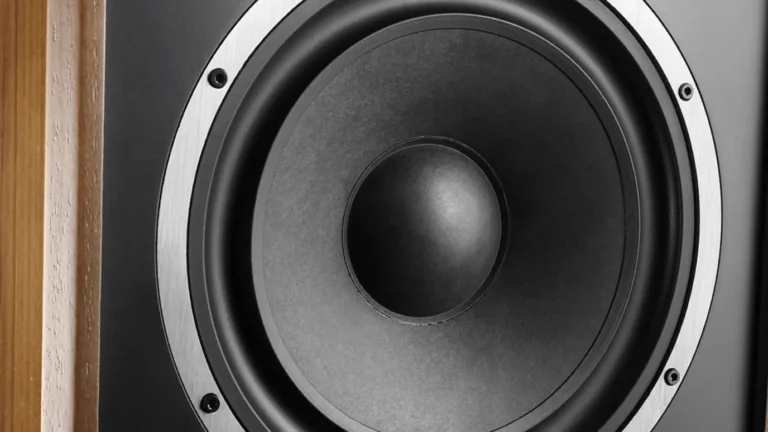I Finally Experienced a True Concert in My Living Room, Thanks to Klipsch
For audiophiles chasing the impossible, the raw energy of a live concert in their living room, the Klipsch Cornwall IV is a name spoken with reverence. But can a speaker with roots in the 1950s truly deliver a world-class experience today? We hooked up these 43kg American-made giants to a high-end vinyl system and cool tube amplifiers to find out if the legend is real.
The Art of Large Forms: A Rich History
Like other Heritage models, the impressive Cornwalls have a rich history. And the series itself is not simple – having started in 1938 with the famous Klipschorn, it has absorbed those very iconic systems that brought the small company from Arkansas world recognition. And what is especially important, this heritage was created by Paul Klipsch himself, who always achieved the ability to reproduce the live atmosphere of a concert hall in the home with his designs.
Check Out: I Bought the Wharfedale Super Linton as a Gift, But I Almost Kept Them for Myself
And in 2006, it was resumed due to numerous requests from Klipsch fans, who flooded the company’s office with letters.
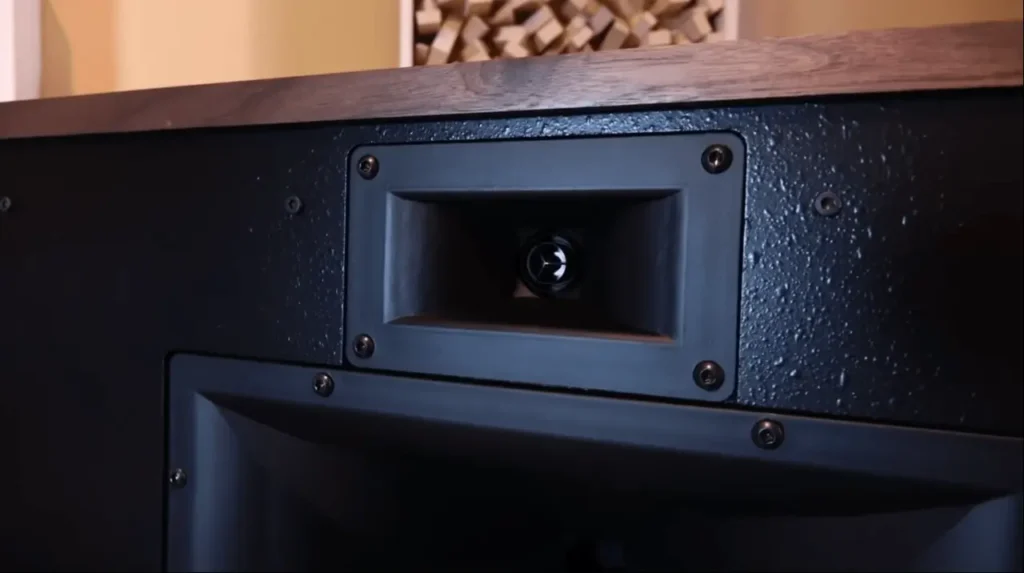
I mentioned the Klipschhorns for a reason — they were the ones that gave birth to the Cornwall model. Let me remind you that the founders of the series had the shape of a triangular prism for installation in the corners of a room, but in large rooms, the distance between them was too large, and a void formed in the center of the sound stage. To solve this problem, the first generation of Cornwalls was created, which the manufacturer proudly describes as the world’s second commercial center channel loudspeaker (the first was the more compact Heresy model, released in 1957 for building an acoustic setup with three speakers).
The prospects for full-fledged three-channel playback were quite real at that time in 1955, when the Mercury recording company began making three-channel phonograms, which were to form the basis of one of the considered options for the standard for long-playing records. But due to the complexity of transferring such information to a shellac disc, this idea was abandoned.
Also Read: Why Audiophiles Are Obsessed With This 1985 Speaker Design
Modern Engineering Meets Classic Design
Cornwall’s name itself speaks to its versatility, a combination of “Corner” and “Wall.” To allow for flexible placement, its Tractrix ports are front-facing, letting you place these impressive systems close to a wall without compromising sound.
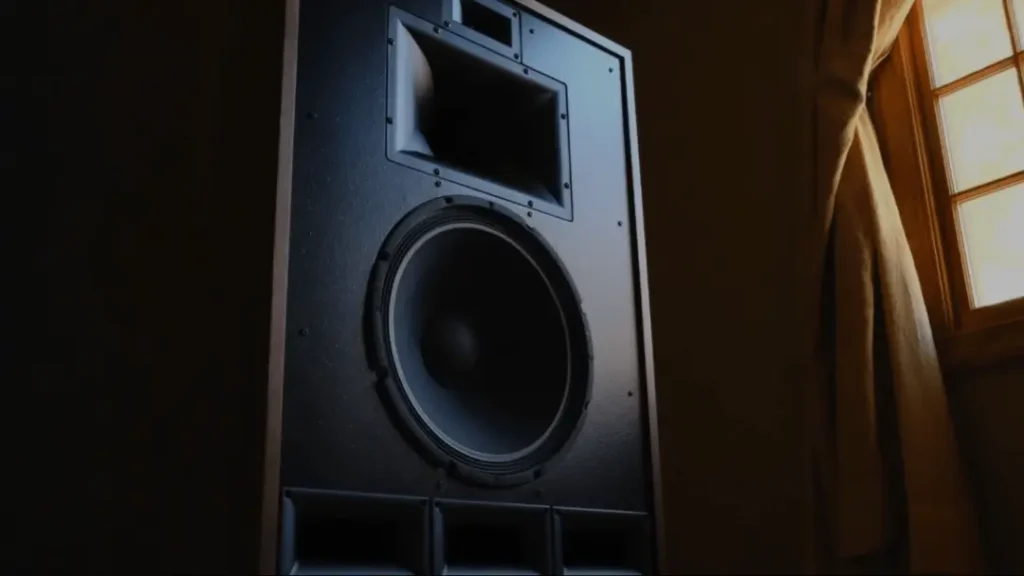
At the heart of the Klipsch Cornwall IV is its incredible sensitivity of 102 dB, achieved through its horn-loaded design.
- Tweeter: A K-107 1-inch tweeter with a titanium diaphragm, complete with a phase-equalizing cap for more accurate sound.
- Midrange: A completely new K-702 compression midrange driver with a polyamide membrane, a major upgrade for this fourth generation.
- Woofer: A massive 15-inch K-33 driver with a composite cone, the same iconic woofer used in the Klipschorn and La Scala models.
The bands are crossed over at 700 Hz and 5000 Hz with new, improved filters, and you have the option for bi-amping or bi-wiring.
Vintage Lover: Just How Good Can a 75-Year-Old Design Really Sound in 2025?
The MDF cabinets are enormous, and each speaker weighs nearly 43 kg (95 lbs). Our review units came in a gorgeous American walnut veneer, meticulously matched between the left and right speakers.
(Insert a close-up image of the horn-loaded drivers or the wood veneer here)
The Listening Test of Klipsch Cornwall IV: Digital & Vinyl
We started our listening session with high-res digital tracks from an Aurender W20SE streamer and an Aeries Cerat Helene DAC. The Cornwalls demonstrated not only the killer dynamics inherent to the Heritage series but also complete timbre adequacy. The sound is open, effortless, and phenomenally fast.
There is no “rubber” or boomy bass; its speed is due to the low travel of the massive 15-inch cone, and its punch is due to the sheer surface area. The clarity is exceptional, though it demands strict control from a quality amplifier.
You May Like: Klipsch R-820F Speakers Test
We then moved to vinyl, using a VPI Prime turntable with a Soundsmith Voice cartridge. The tonal balance shifted slightly downwards, with the bass acquiring a “velvet” texture characteristic of high-quality analog. On Cassandra Wilson’s “Strange Fruit,” the double bass had a completely natural scale, each note vibrating with depth and richness.
When we put on Supermax’s “World of Today,” the experience was powerful, like being in a club just a few feet from the stage. The bass covers you. This is the magic of 102 dB sensitivity—it’s the closest you can get to a live concert sound. While the Cornwall IV can favor the big picture over micro-details, its ability to convey the raw energy of a recording is unmatched.
Final Verdict: Who Are These Speakers For?
In an era where live concerts can be hard to come by, speakers like the Klipsch Cornwall IV are more than just a product; they are an event. They are not for someone seeking a polite, background music system.
Check Out: I Tested the Klipsch R-41SA During Mission: Impossible – The Final Reckoning
These speakers are for the music lover who wants to feel the performance. They are for the person who wants to be enveloped by the sound, to feel the kick drum in their chest, and to experience the full, uncompressed energy that the artist intended. If you have the space and the desire for a truly live, concert-like experience at home, the Cornwall IV isn’t just a good choice, it’s a destination.
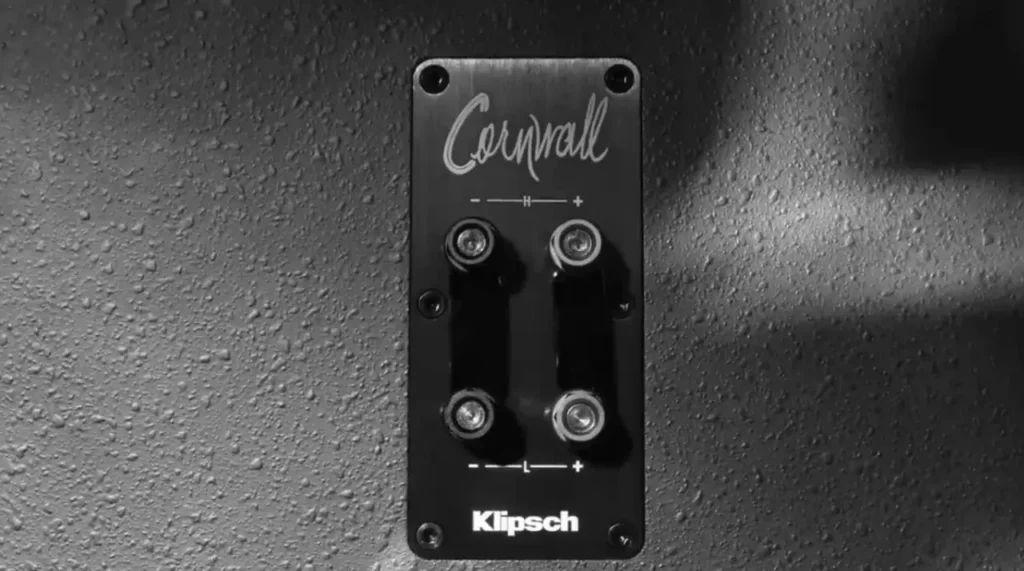
Klipsch Cornwall IV System Specifications:
- Configuration: 3-way, 3-driver system
- Acoustic Design: Front-ported Horn-loaded
- Frequency Response: 34Hz – 20,000Hz (±4 dB)
- Sensitivity: 102 dB (2.83V / 1m)
- Power Handling: 100W / 400W (Continuous/Peak)
- Maximum SPL: 119 dB Continuous
- Impedance: 8 Ohms Compatible
- Weight: 43.4 kg (95.2 lbs)
- Dimensions: 96.5cm H x 64.3cm W x 39.4cm D


